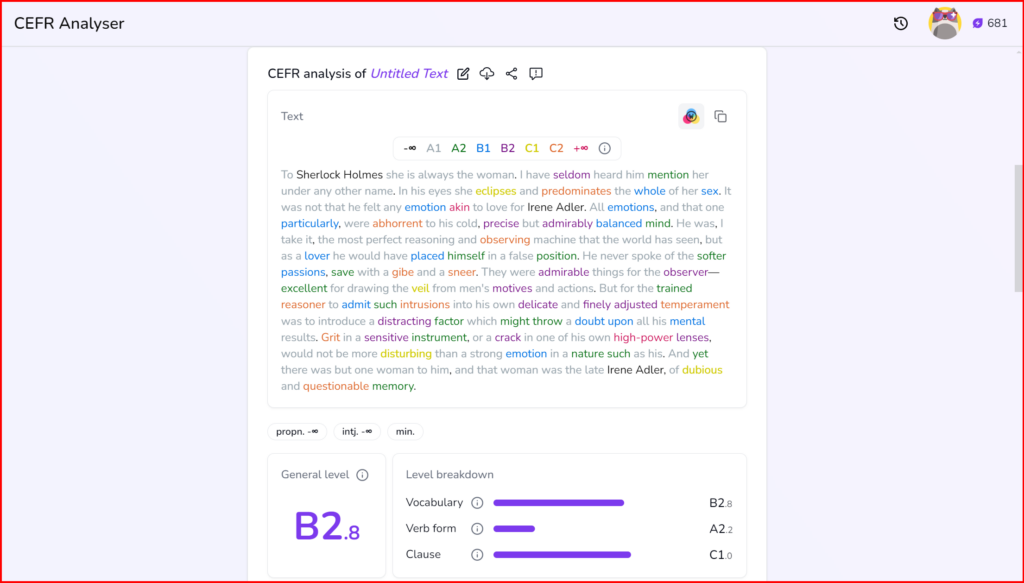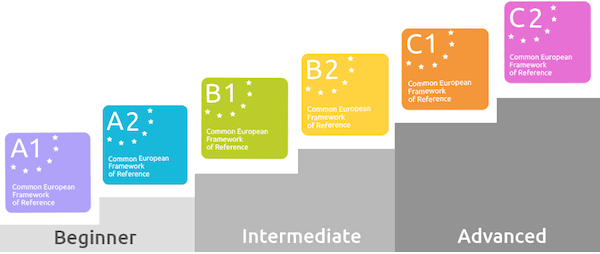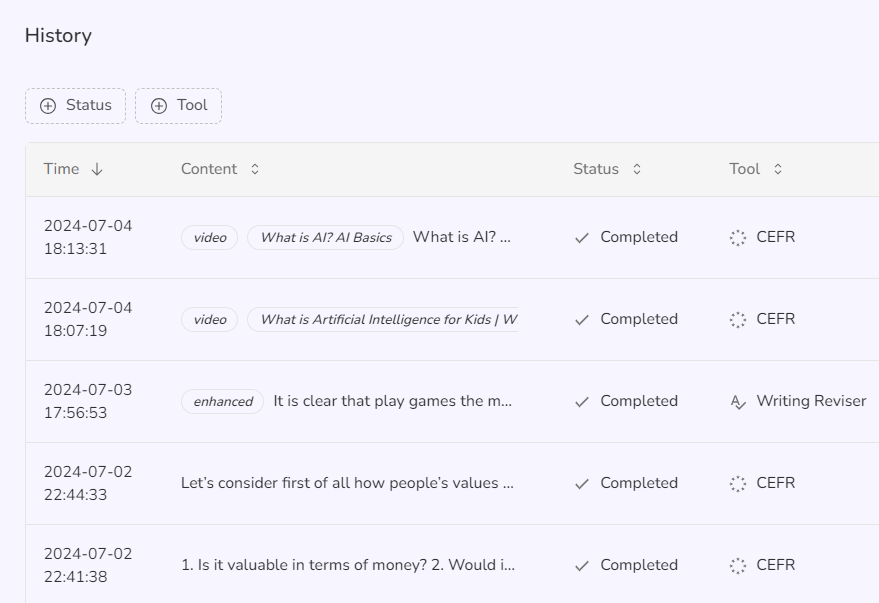If you teach in a school or institution that organizes classes by CEFR levels, you know how important it is to maintain consistency in assessments. A B1-labeled class expects a B1-level exam, but what if your test is too difficult—or too easy? Teachers often rely on experience to gauge difficulty, but without clear validation, students may challenge their results, arguing that the exam was unfair. In some cases, complaints even escalate to legal disputes. So, how can you ensure your test is truly CEFR-aligned and defend its difficulty level?
CEFR alignment isn’t just about pedagogy—it’s also a shield for teachers. Students (and sometimes parents) challenge results, and in some cases, even take legal action over “unfair” exams. So, how can you prove your test is at the right level?
1. Use CEFR-validated tools

Instead of relying only on intuition, use AI-driven CEFR checkers to analyze your test questions. These tools assess vocabulary, sentence structure to determine if your questions truly match the intended CEFR level. For example, Cathoven’s CEFR Checker gives an instant readability analysis.
2. Benchmark against official CEFR descriptors

The CEFR framework provides clear descriptors of what students should be able to do at each level. When creating questions, ask:
- Does this match the reading/listening/writing expectations for B1?
- Could a typical B1 student answer this without excessive struggle?
3. Compare with standardized exams
Look at sample questions from IELTS, TOEFL, or Cambridge exams that correspond to specific CEFR levels. If your questions are much harder or easier, you might need adjustments.
4. Keep a documented validation process

If a student claims the exam was too hard, having proof is crucial. Before administering a test, run it through a CEFR analysis and keep a record of the results. This way, you have objective evidence to back up your exam’s difficulty level.
Cathoven’s CEFR Checker not only helps you analyze and align your tests but also saves your results in your history, so you can always access them when needed.
💡 Final takeaway: CEFR alignment is not just about fairness—it also protects you as a teacher. By using AI tools, official descriptors, and benchmarking against standardized tests, you can ensure your exams are level-appropriate and legally defensible.
